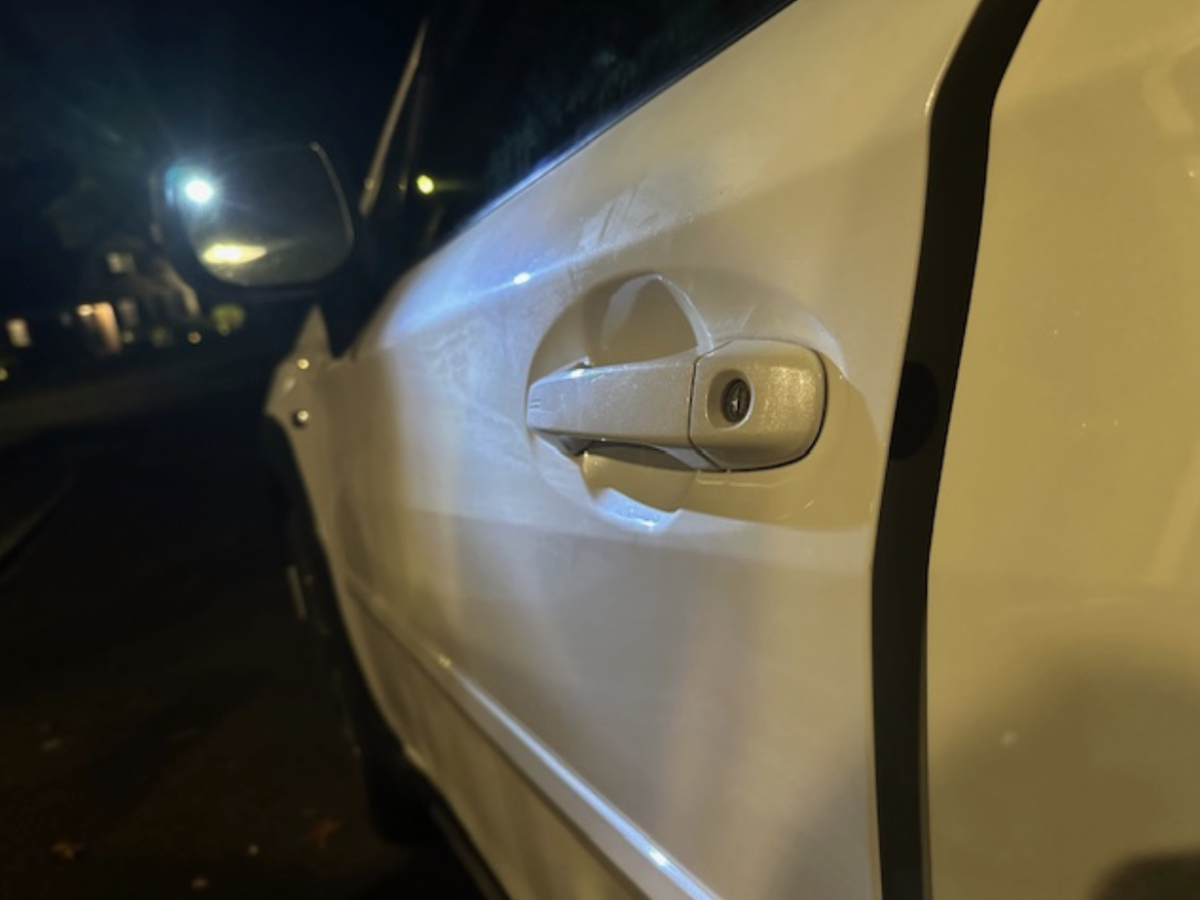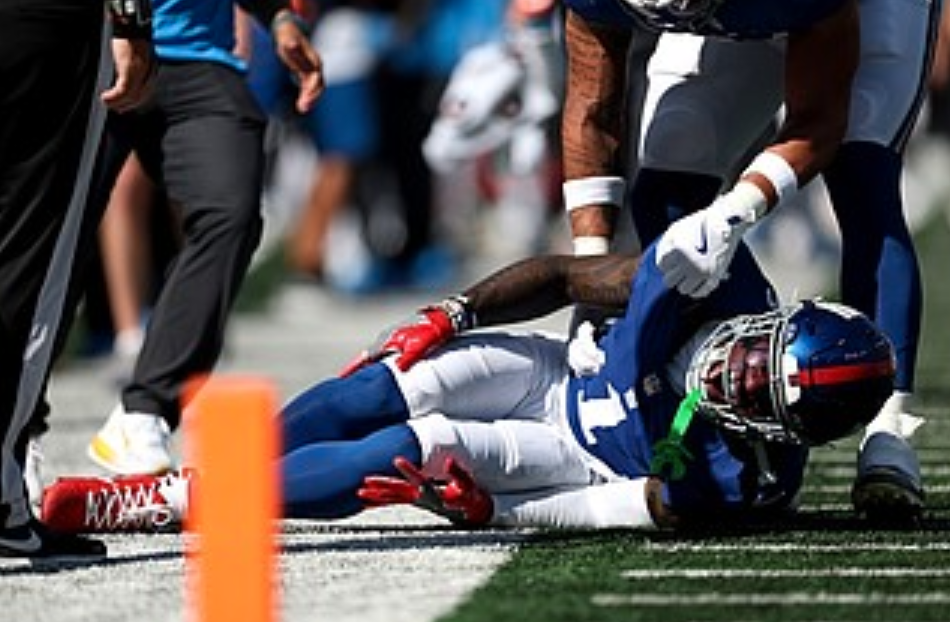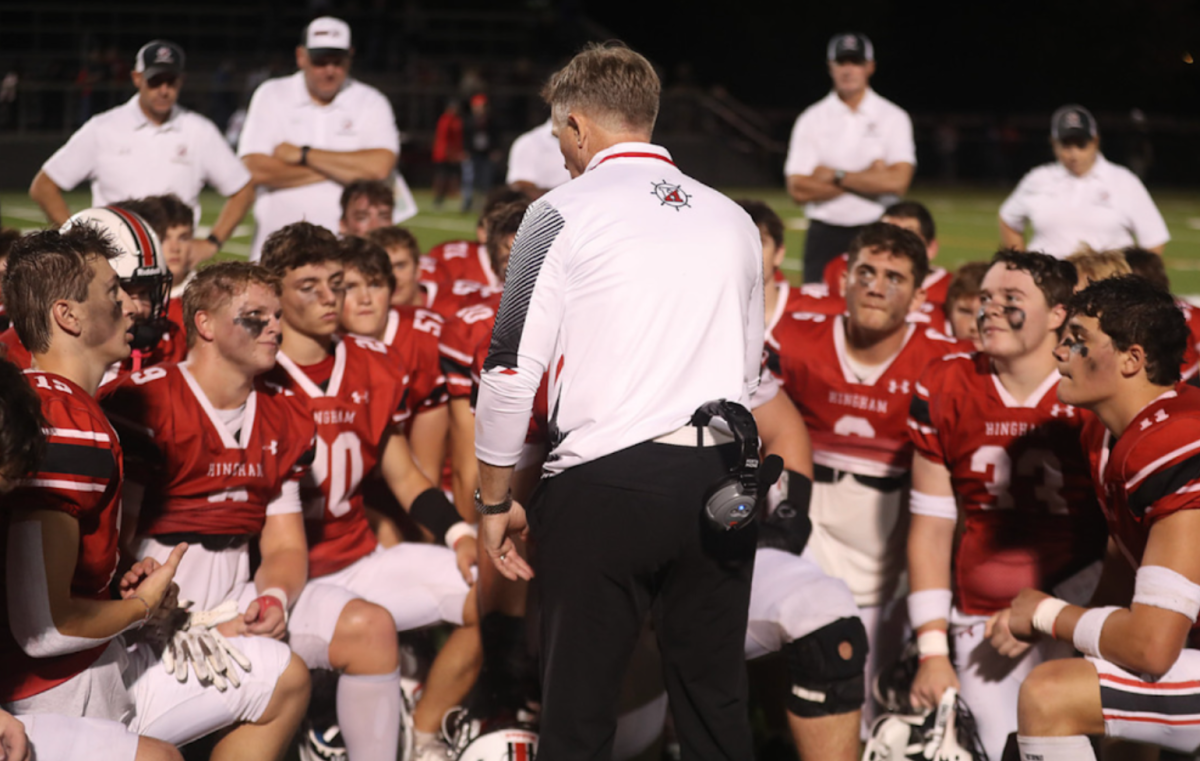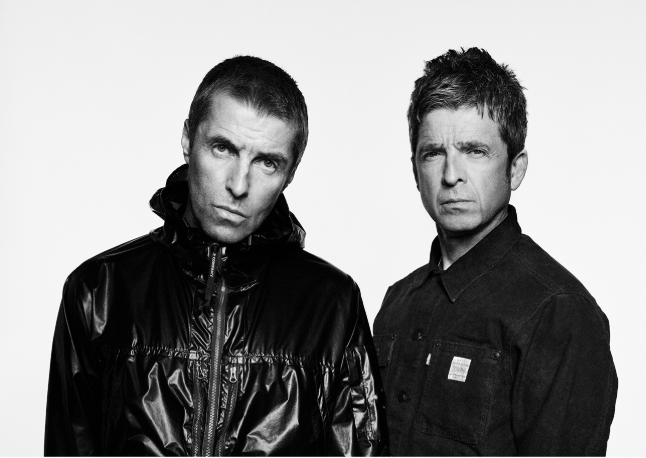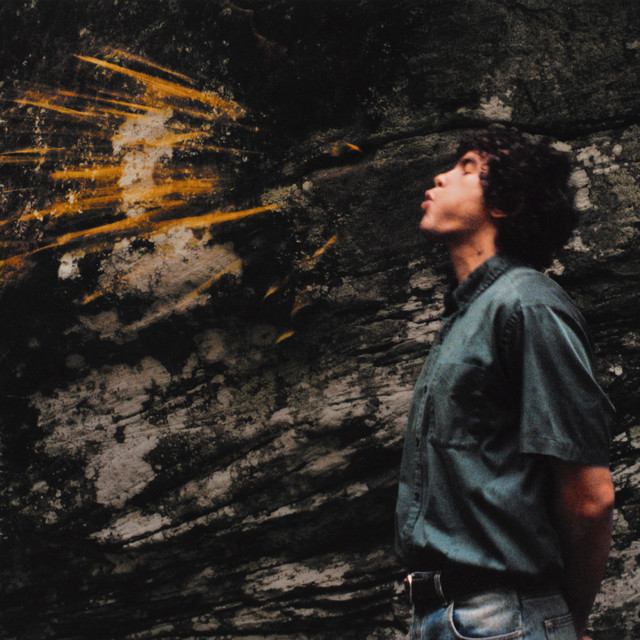The Covid-19 Crisis in India Continues to Worsen, Many Blame Government
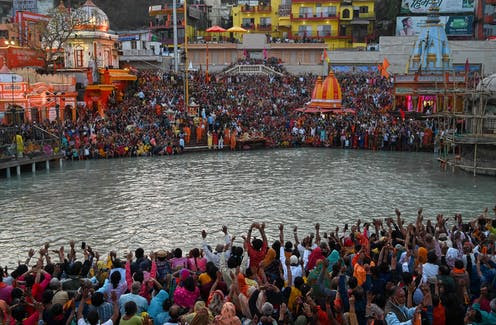
Indians gathered and celebrated the Kumbh Mela festival, one of the world’s largest religious gatherings.
May 3, 2021
As Covid-19 cases drop worldwide, India’s case count is only on the rise. Though the recent vaccine rollouts have given many people hope that there is an end in sight to the pandemic, things are going the opposite way for Indians, with over 400,000 cases there yesterday alone.
One main issue with this recent outbreak is the strain that it places on Indian hospitals. There have been shortages of hospital beds, oxygen tanks, vaccines, and medicines. Every day, Indians are denied vital oxygen or turned away from hospitals because of the extreme stress that the Indian healthcare system has been put under.
The real reasons as to why Covid-19 cases are increasing so dramatically remain unclear, but much of the blame has been placed on the government. The government began to relax mask and quarantine mandates earlier this year, and even encouraged large gatherings for the Hindu celebration of Kumbh Mela. Also, with over 250 million Indians unable to read (roughly 30% of the population) and Covid-19 messaging delivered primarily through writing, its not difficult to understand why so much confusion and chaos was created.
The current prime minister, Narendra Modi, was very confident in his ability to limit outbreaks up until now. Still, as India suffers, Modi continues to push the blame off onto local governments. According to the Indian government’s official healthcare website, in a recent Council of Ministers meeting, “[Modi] stressed upon the need to ensure that issues at the local level are promptly identified and addressed.” Although subtle, Modi fails to take the blame for India’s problems and frames himself as someone helping solve the problems that local and state governments have created.
As for vaccines, most of India’s 45-year-old and up population has already been vaccinated, and there has recently been a shift towards vaccinating younger adults. A local t

eacher, Sangeetha Vijay, who has family in India explained, “I am very grateful that my parents have both been vaccinated, but I know many people are not as fortunate.”
Many countries, including the US, Romania, and Russia, have lent a helping hand out to India. Supplying oxygen tanks, testing kits, and medicines, these countries hope to ease the struggles in India. Not only has the US given lots of aid to India, but the US government also recently cut off travel between the countries in an attempt to stop the spread. There are multiple different variants of Covid-19 circulating around India which could pose real threats to the rest of the world if they were to spread.
India’s crisis has been somewhat shocking to many Americans under the misconception that Covid-19 cases are decreasing everywhere. Camryn Lawler, a sophomore at Hingham High was very surprised after hearing what is happening in India. “Wow, that’s happening right now. I would be so scared if it was like that in America.”


